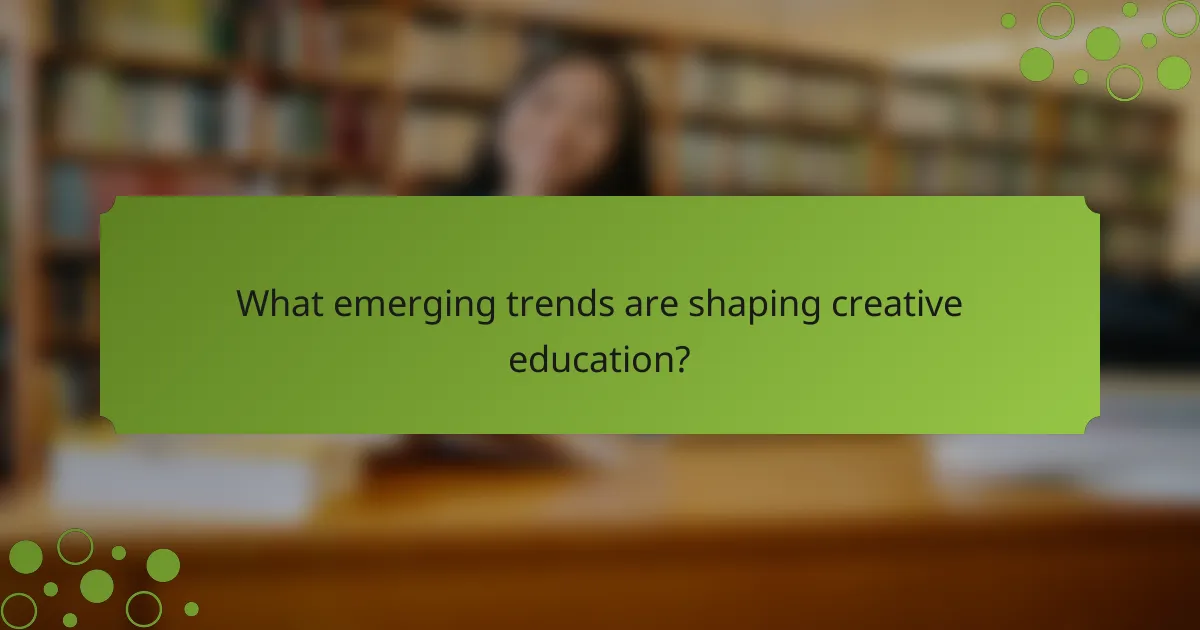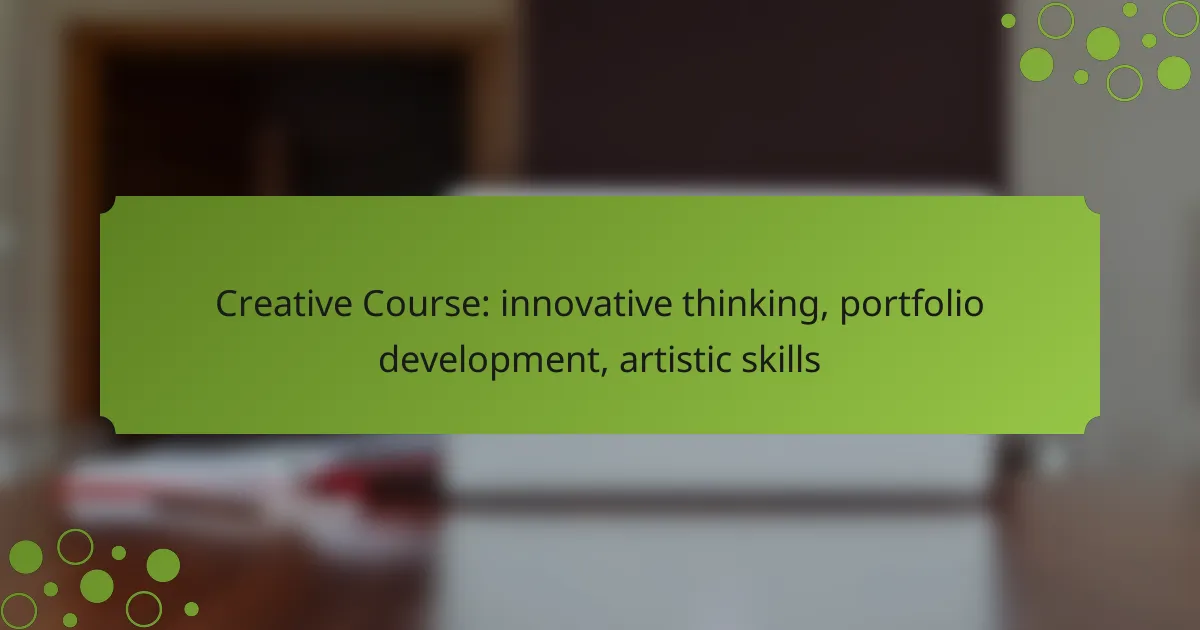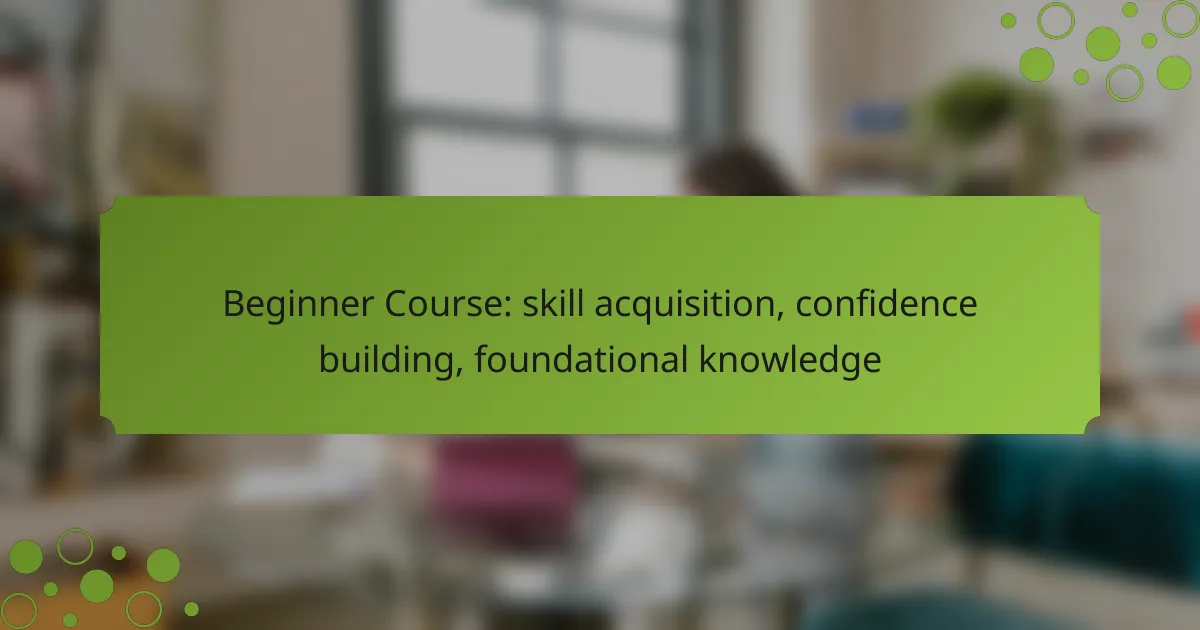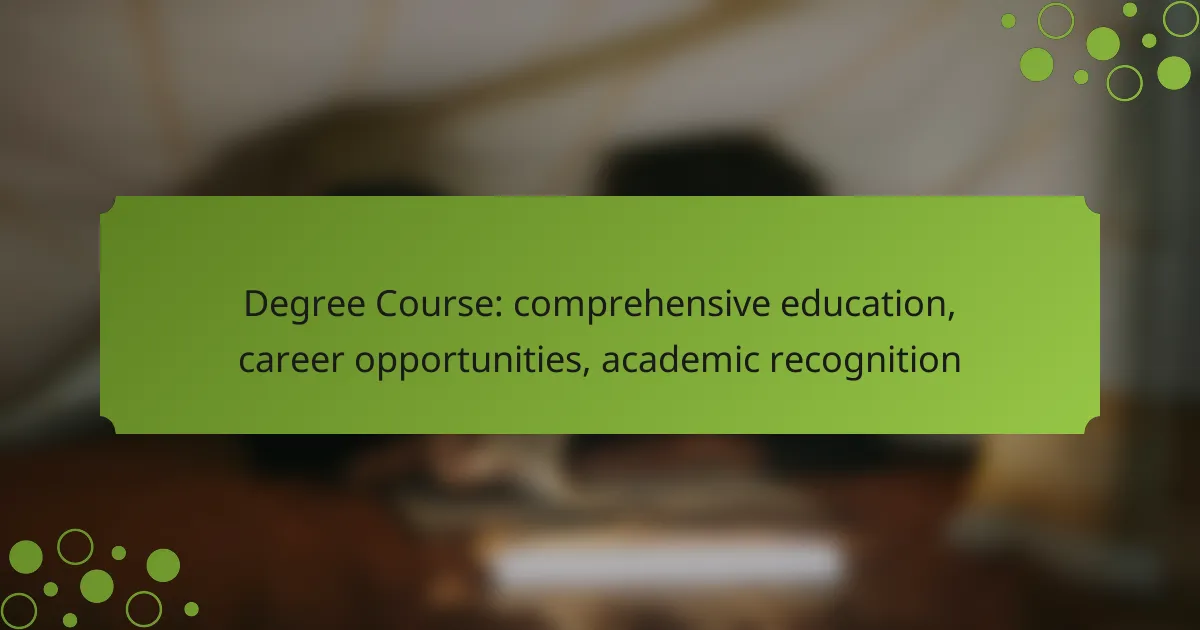Embark on a transformative journey in our creative course designed to cultivate innovative thinking and enhance your artistic skills. By focusing on unique portfolio development, you’ll learn to showcase your work effectively while exploring new ideas and approaches that elevate your creative process. This course not only sharpens your artistic abilities but also prepares you for success in diverse industries.

How can innovative thinking enhance creative courses in Canada?
Innovative thinking can significantly enhance creative courses in Canada by encouraging students to explore new ideas and approaches. This mindset fosters an environment where artistic skills can flourish, leading to unique portfolio development and a deeper understanding of creative processes.
Techniques for fostering creativity
To foster creativity, educators can implement techniques such as brainstorming sessions, collaborative projects, and design thinking workshops. These methods encourage students to share diverse perspectives and challenge conventional ideas.
Incorporating regular feedback loops can also enhance creativity. Constructive critiques help students refine their work and inspire new directions, making the creative process more dynamic and engaging.
Case studies of successful creative thinkers
Examining the journeys of successful creative thinkers can provide valuable insights. For instance, Canadian artists like Emily Carr and contemporary designers such as Bruce Mau have demonstrated how innovative thinking can lead to groundbreaking work.
These case studies often highlight the importance of resilience and adaptability in creative pursuits. Learning from their experiences can motivate students to embrace challenges and view failures as opportunities for growth.
Impact on portfolio development
Innovative thinking directly impacts portfolio development by encouraging the inclusion of diverse projects that showcase a range of skills. Students are more likely to experiment with different mediums and styles, resulting in a more compelling and unique portfolio.
Additionally, a strong portfolio should reflect the individual’s creative journey. By documenting the evolution of their work and thought processes, students can present a narrative that resonates with potential employers or clients.

What are the best online courses for portfolio development?
The best online courses for portfolio development focus on enhancing your artistic skills while showcasing your work effectively. These courses typically cover innovative thinking, design principles, and practical strategies for creating a compelling portfolio that attracts potential clients or employers.
Top-rated courses on Skillshare
Skillshare offers a variety of highly-rated courses aimed at portfolio development. Look for classes that emphasize project-based learning, allowing you to create tangible pieces for your portfolio. Popular topics include graphic design, photography, and illustration.
Consider courses like “Building a Creative Portfolio” or “Designing Your Portfolio Website,” which provide step-by-step guidance on curating your work and presenting it online. Engaging with peer feedback can also enhance your learning experience.
Popular programs on Coursera
Coursera features programs from renowned universities that focus on portfolio development and creative skills. Courses such as “Portfolio Management” or “Creative Problem Solving” can provide a solid foundation in both theory and practical application.
Many of these programs offer certificates upon completion, which can add value to your resume. Look for courses that include hands-on projects, allowing you to apply what you’ve learned directly to your portfolio.
Specialized workshops from local institutions
Local institutions often provide specialized workshops tailored to portfolio development. These workshops can vary in length and focus, from weekend intensives to multi-week courses. They typically emphasize hands-on experience and personalized feedback.
Check community colleges or art schools in your area for offerings that align with your artistic goals. Participating in these workshops can also help you network with industry professionals and fellow creatives, which is invaluable for career growth.

How do artistic skills contribute to career success?
Artistic skills play a crucial role in career success by enhancing creativity, problem-solving, and adaptability. These skills enable individuals to approach challenges innovatively, making them valuable assets in various industries.
Skills in demand in the creative industry
In the creative industry, skills such as graphic design, digital illustration, and video production are highly sought after. Employers often look for proficiency in software like Adobe Creative Suite, as well as strong storytelling abilities and a keen eye for detail.
Additionally, skills in user experience (UX) design and social media content creation are increasingly important as businesses strive to engage audiences effectively. Being versatile and able to adapt to new tools and trends can significantly enhance employability.
Real-world applications of artistic skills
Artistic skills can be applied in various fields, including marketing, advertising, and product design. For example, a graphic designer may create compelling visuals for a brand campaign, while an illustrator might develop characters for a children’s book.
Moreover, artistic skills are essential in fields like architecture and fashion design, where creativity directly influences the final product. Understanding how to translate artistic vision into practical applications is key to success in these areas.
Success stories from industry professionals
Many industry professionals attribute their success to their artistic skills. For instance, a well-known graphic designer started as a freelance artist and built a portfolio that attracted major clients, ultimately leading to a successful agency.
Another example is a fashion designer who leveraged their artistic background to create a unique clothing line that gained international recognition. These stories highlight the importance of developing a strong portfolio and networking within the industry to showcase artistic talents effectively.

What prerequisites are needed for creative courses?
Creative courses typically require a foundation in basic artistic skills and some prior knowledge in related fields. These prerequisites help ensure that students can effectively engage with the course material and develop their innovative thinking and portfolio development skills.
Basic artistic skills required
Basic artistic skills often include drawing, painting, and an understanding of color theory. Familiarity with these skills allows students to express their ideas visually and enhances their ability to communicate creatively. For example, being able to sketch concepts can significantly improve the portfolio development process.
Students should also be comfortable using various artistic mediums, such as digital tools or traditional materials. This versatility can open up more avenues for creative expression and experimentation, which are crucial in innovative thinking.
Recommended prior knowledge
Having a background in art history or design principles can be beneficial for students entering creative courses. Understanding different artistic movements and styles can inspire new ideas and inform one’s own work. Additionally, knowledge of basic design software, like Adobe Creative Suite, is often recommended to facilitate the creation of polished portfolios.
Engagement in previous creative projects, whether through formal education or personal endeavors, can also provide a solid foundation. This experience helps students develop their unique voice and approach, which is essential for success in any creative field.

How to choose the right creative course?
Choosing the right creative course involves assessing your artistic goals, preferred learning style, and the specific skills you want to develop. Consider factors such as course content, instructor expertise, and student reviews to ensure the program aligns with your aspirations.
Criteria for selecting online courses
When selecting online creative courses, focus on several key criteria. First, evaluate the course curriculum to ensure it covers innovative thinking, portfolio development, and artistic skills relevant to your interests. Look for courses that offer practical projects and feedback mechanisms.
Instructor qualifications are also crucial; check their professional background and teaching experience. Additionally, consider the flexibility of the course schedule and the availability of resources such as forums or mentorship opportunities.
Comparative analysis of course offerings
To effectively compare creative course offerings, start by listing several options that meet your criteria. Analyze aspects such as course duration, cost, and format (live vs. recorded). For instance, some courses may range from a few weeks to several months, with costs varying widely from low tens of USD to several hundred USD.
Utilize online reviews and testimonials to gauge the experiences of past students. A side-by-side comparison chart can help visualize differences in curriculum focus, instructor ratings, and student support services, making it easier to identify the best fit for your creative journey.

What emerging trends are shaping creative education?
Emerging trends in creative education focus on integrating technology, fostering innovative thinking, and enhancing portfolio development. These trends aim to equip students with the skills needed to thrive in a rapidly evolving creative landscape.
Integration of technology in creative courses
The integration of technology in creative courses enhances learning experiences and expands creative possibilities. Tools such as digital design software, virtual reality, and online collaboration platforms allow students to experiment and innovate in ways that traditional methods cannot.
For instance, using software like Adobe Creative Cloud enables students to create professional-quality work, while platforms like Behance facilitate portfolio sharing and feedback. Additionally, incorporating coding and digital media skills into the curriculum prepares students for diverse career paths in creative industries.
Future skills for creative professionals
Future skills for creative professionals include adaptability, critical thinking, and proficiency in digital tools. As the creative landscape evolves, professionals must be able to pivot and embrace new technologies and methodologies to stay relevant.
Moreover, collaboration and communication skills are increasingly important, as many creative projects involve multidisciplinary teams. Students should focus on building a diverse skill set that includes both artistic abilities and technical knowledge, ensuring they can navigate the complexities of modern creative work.



